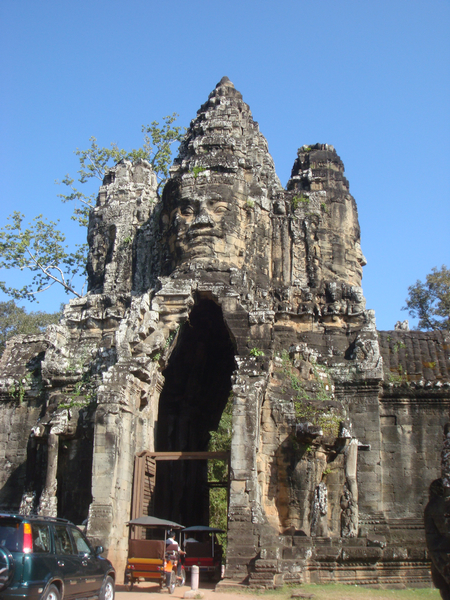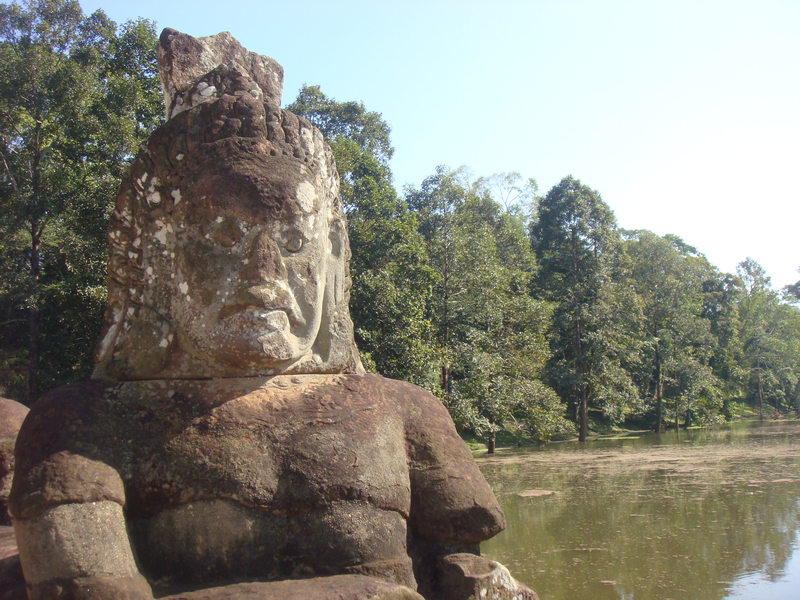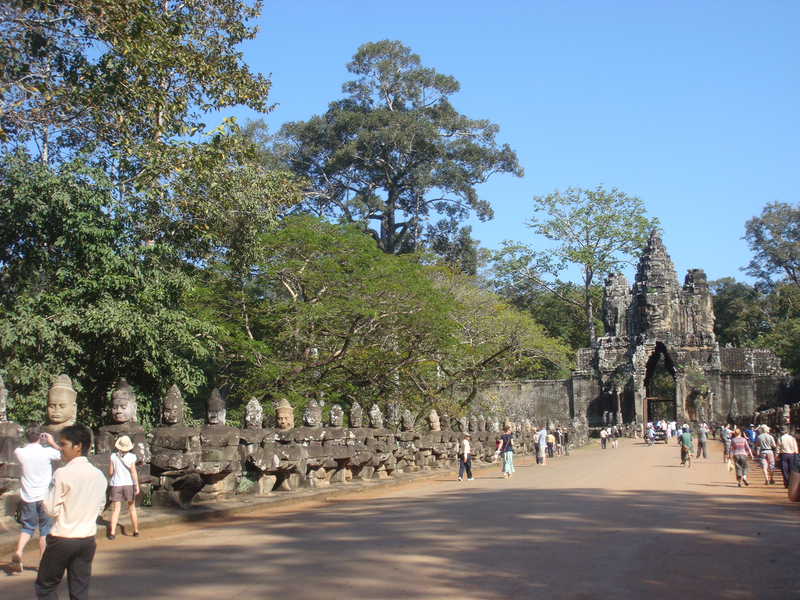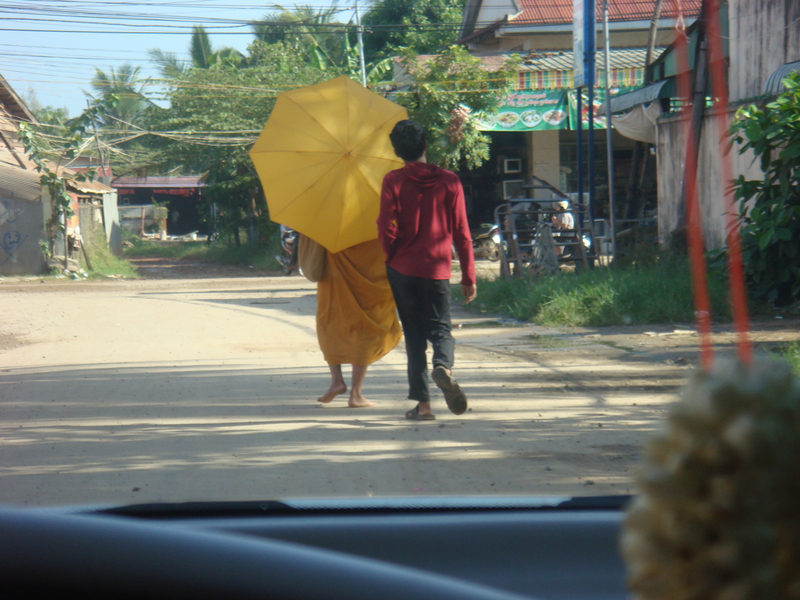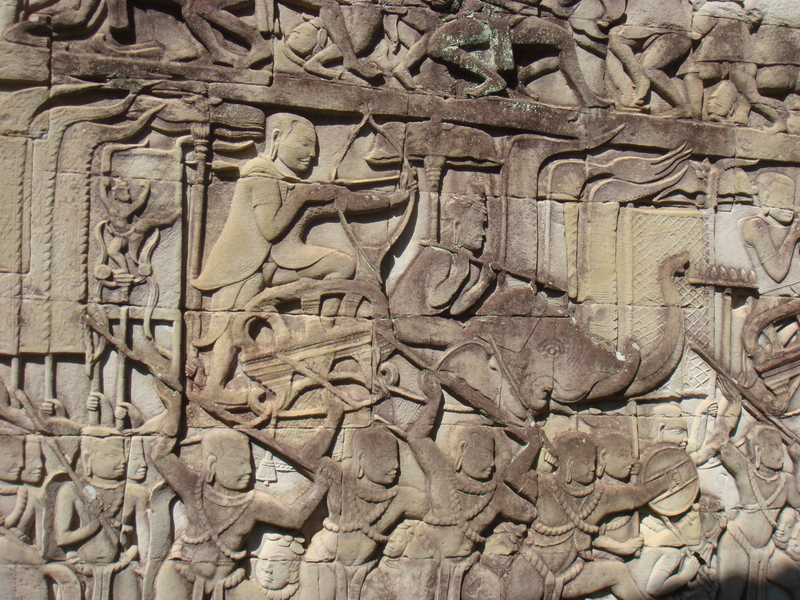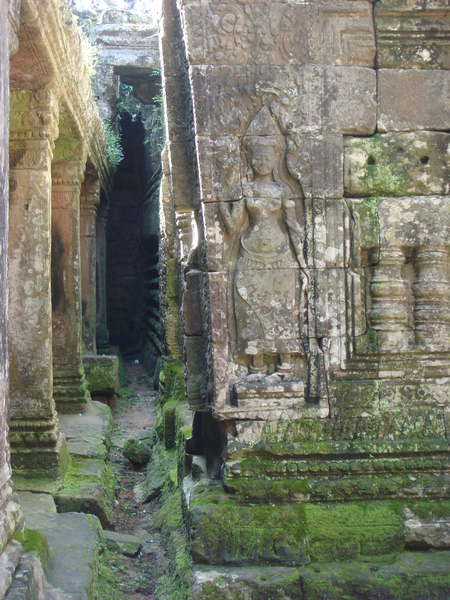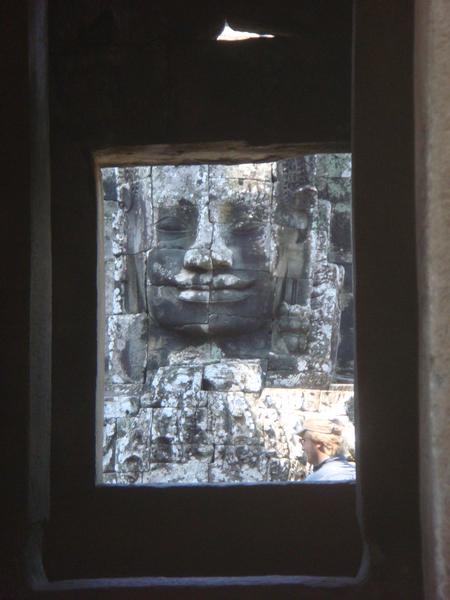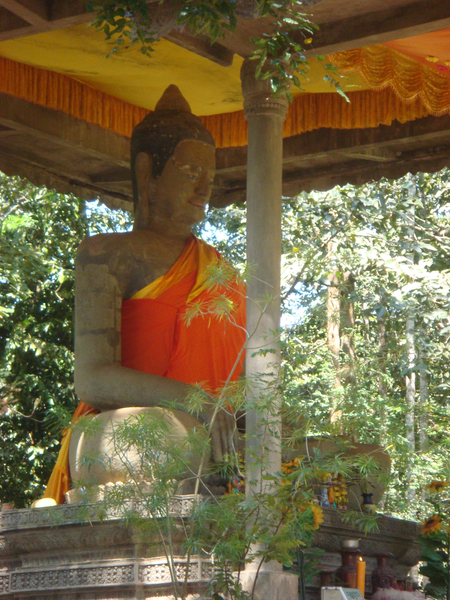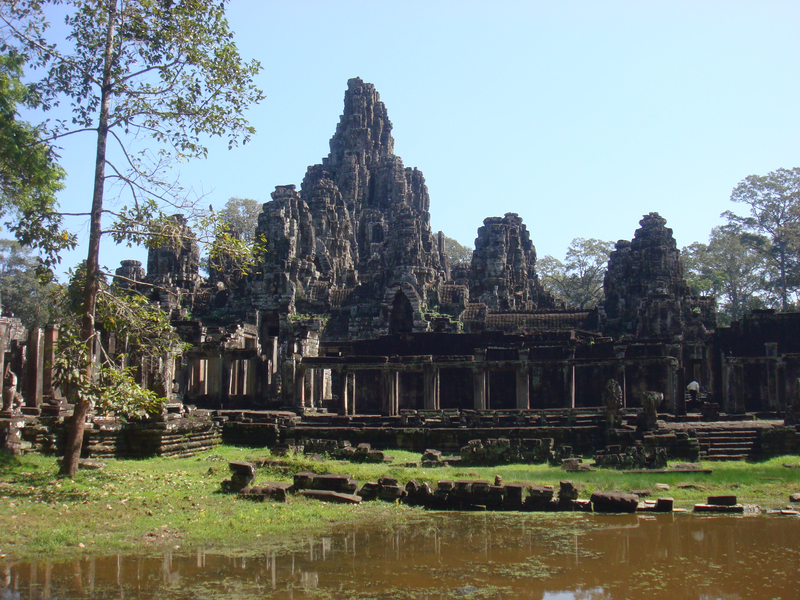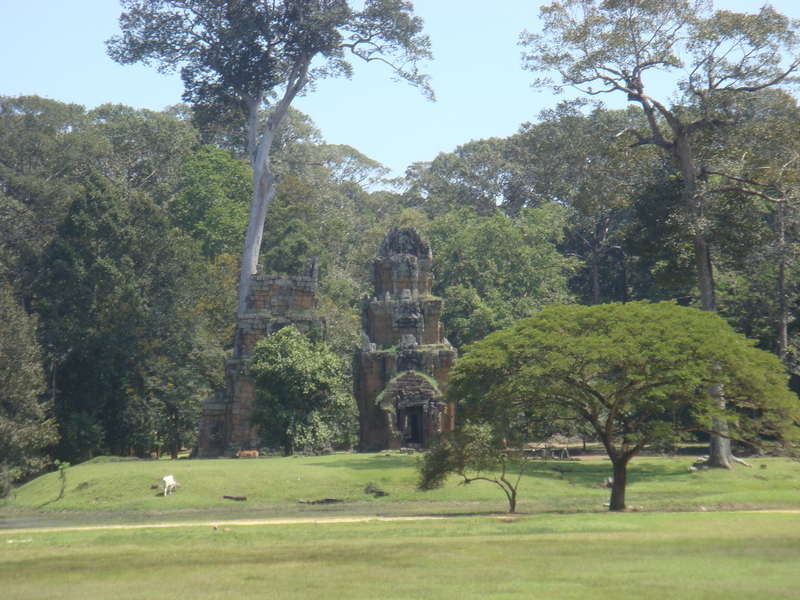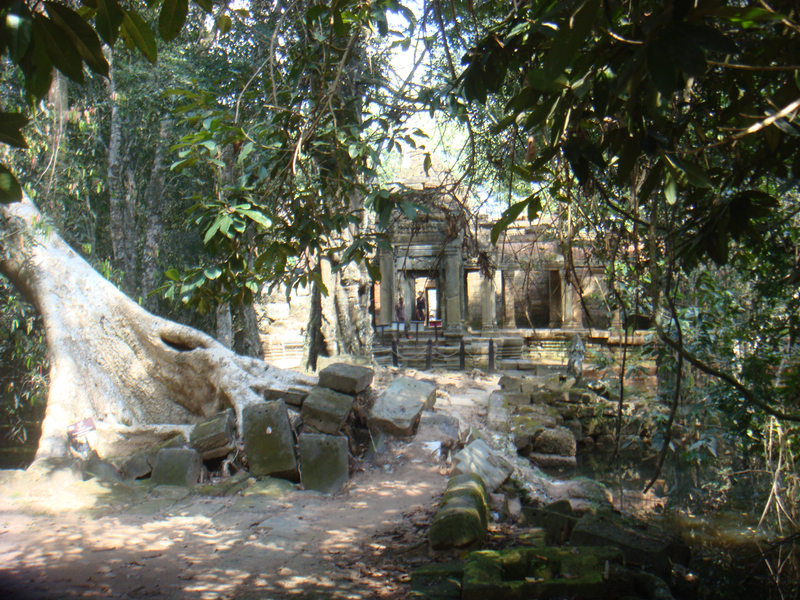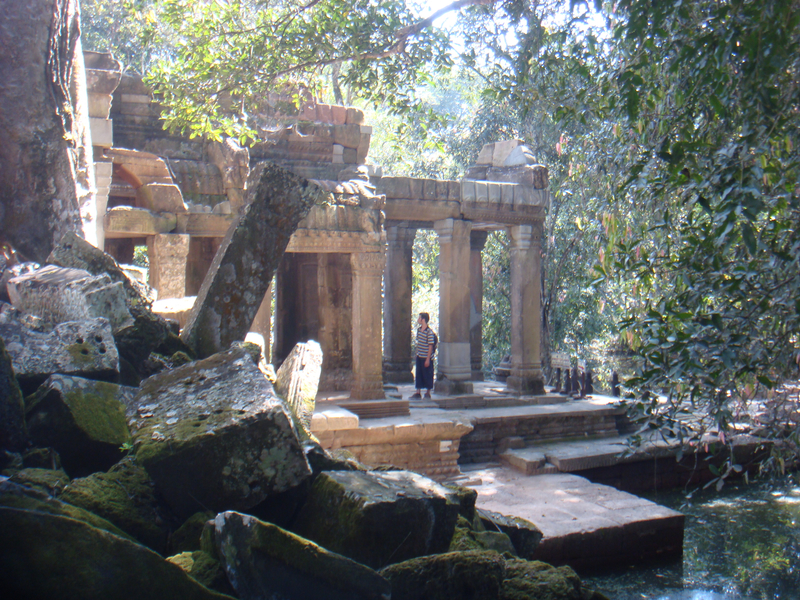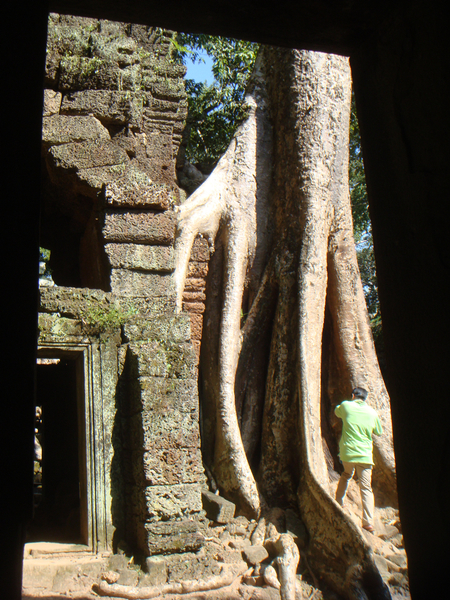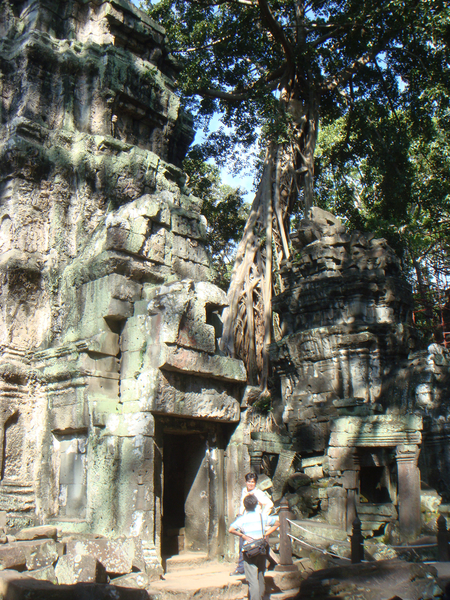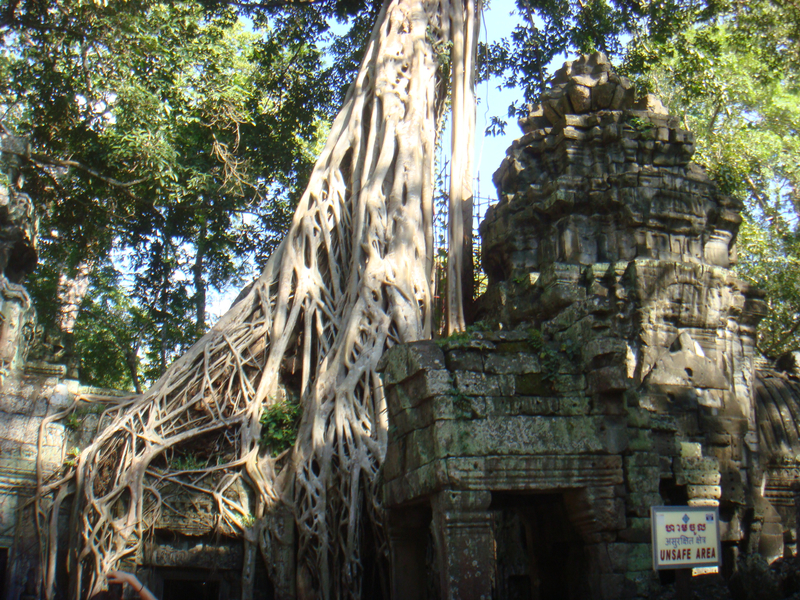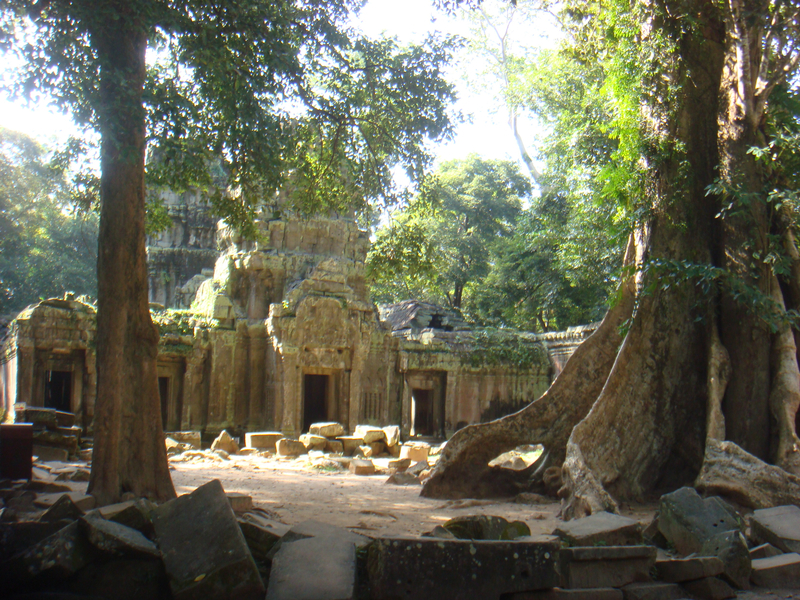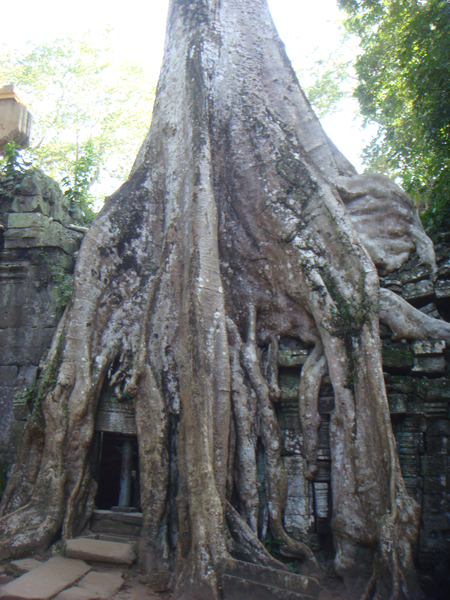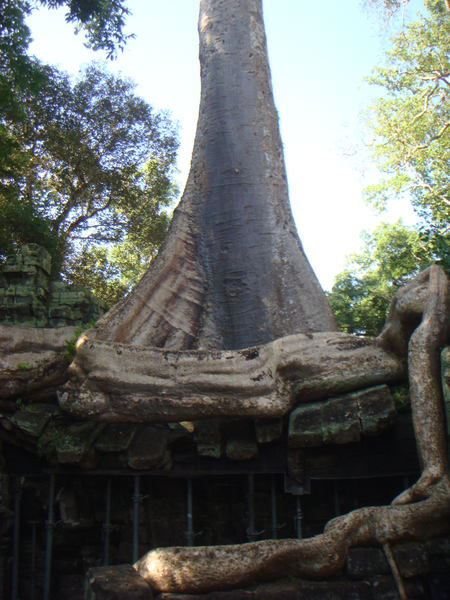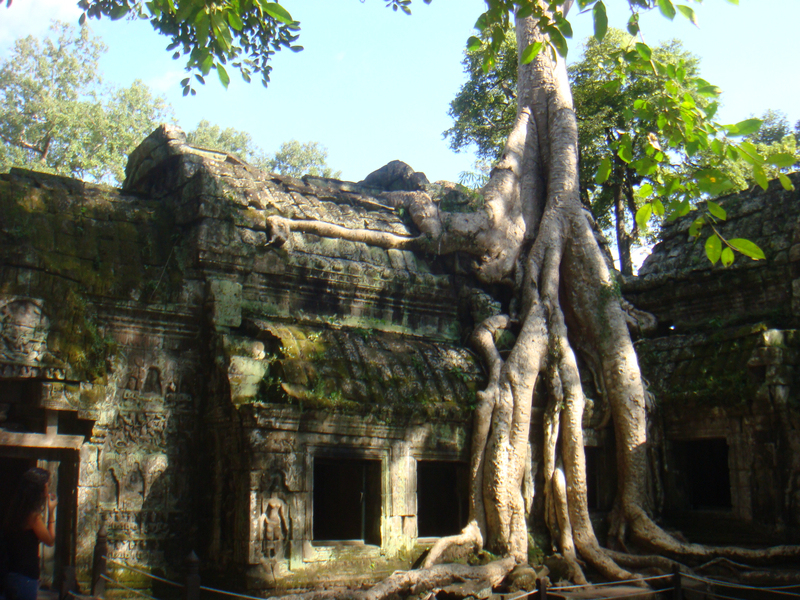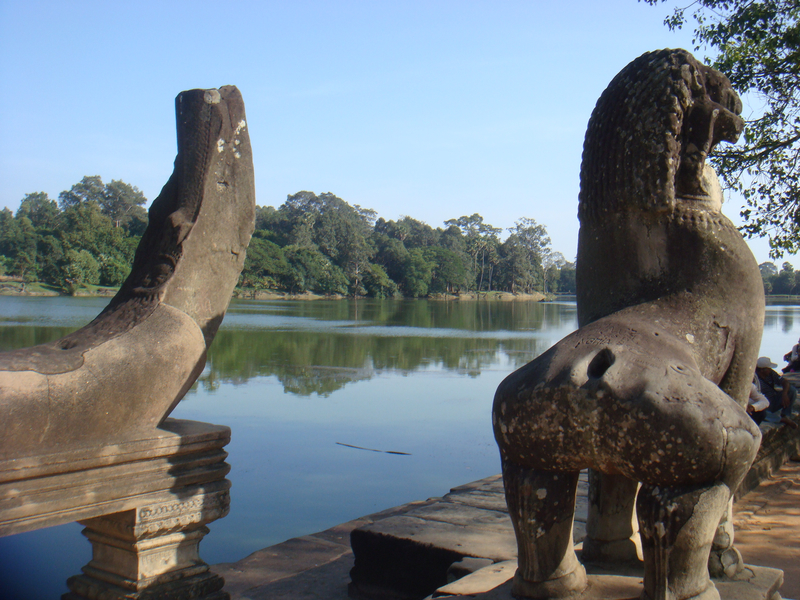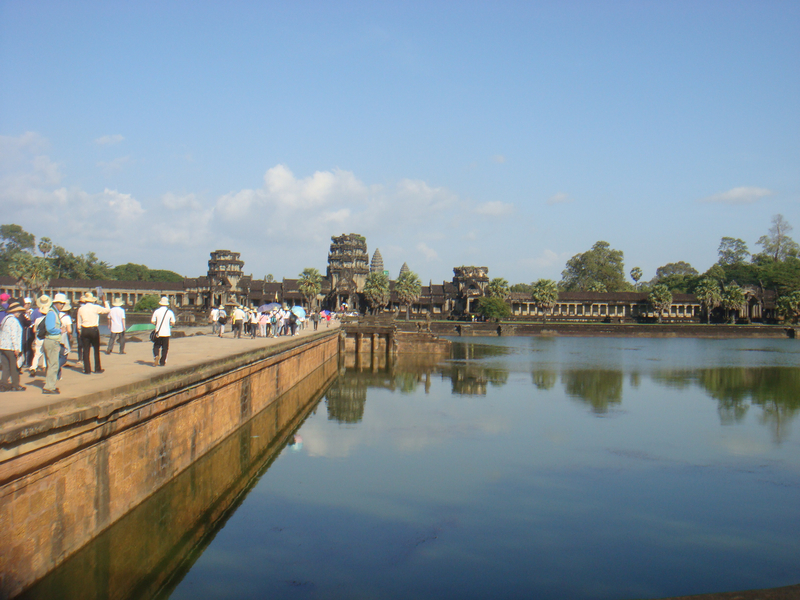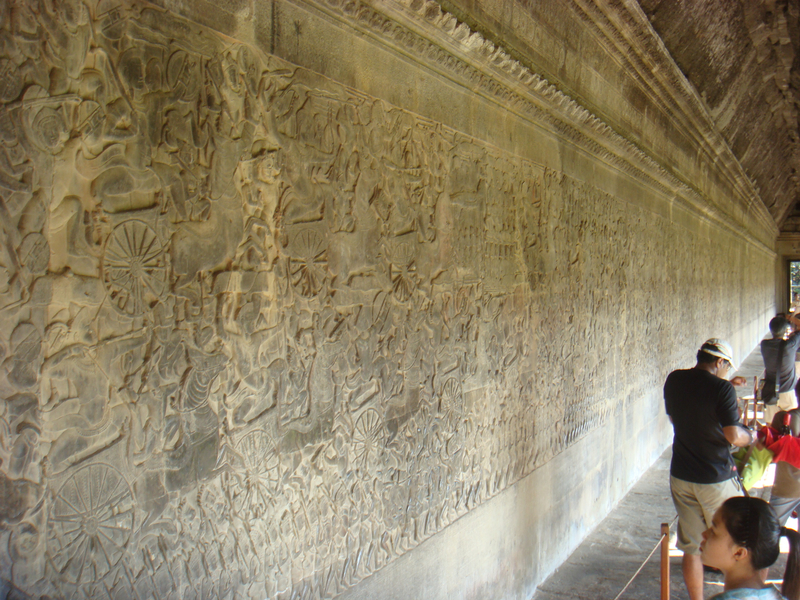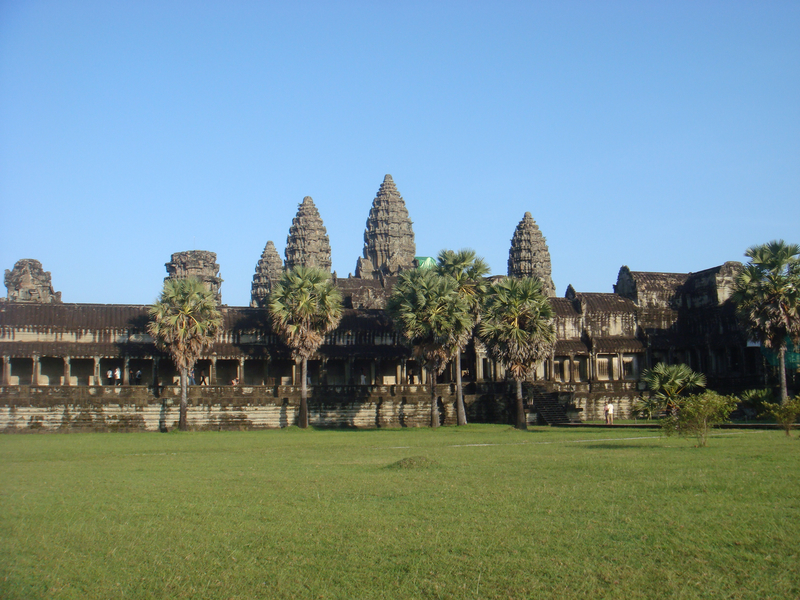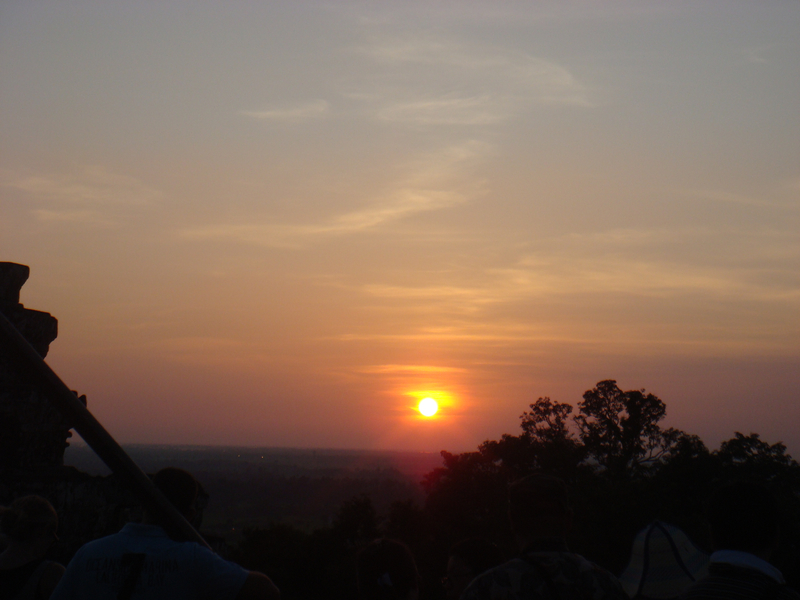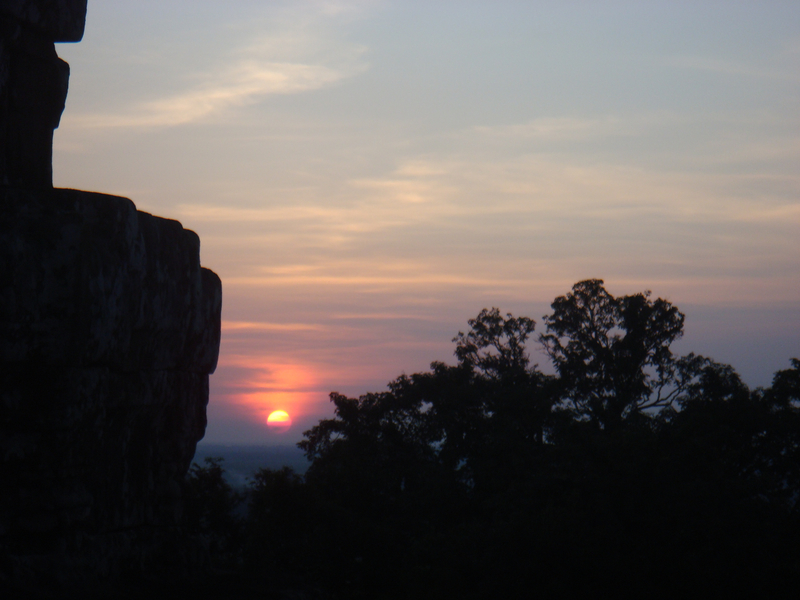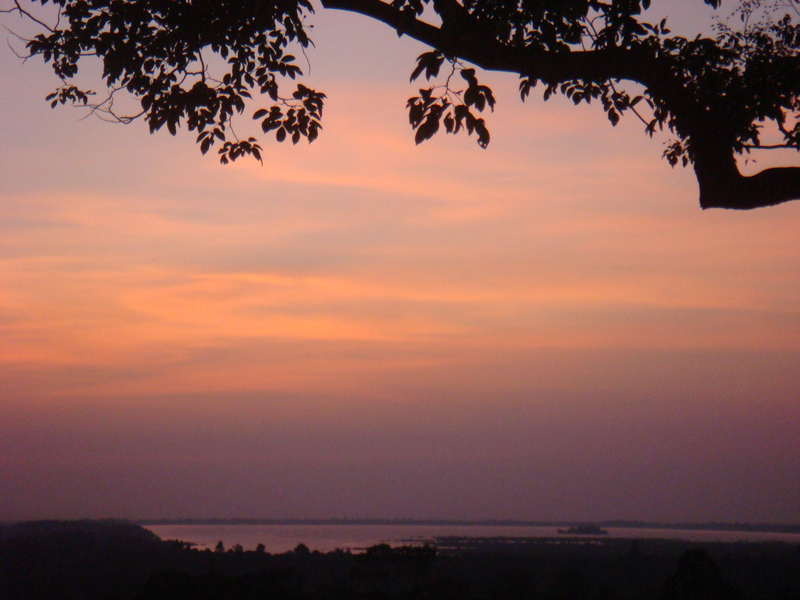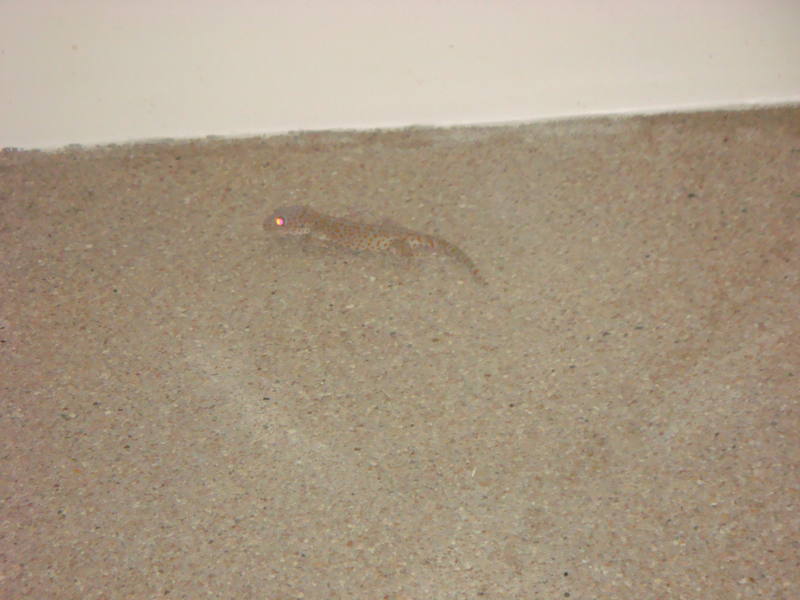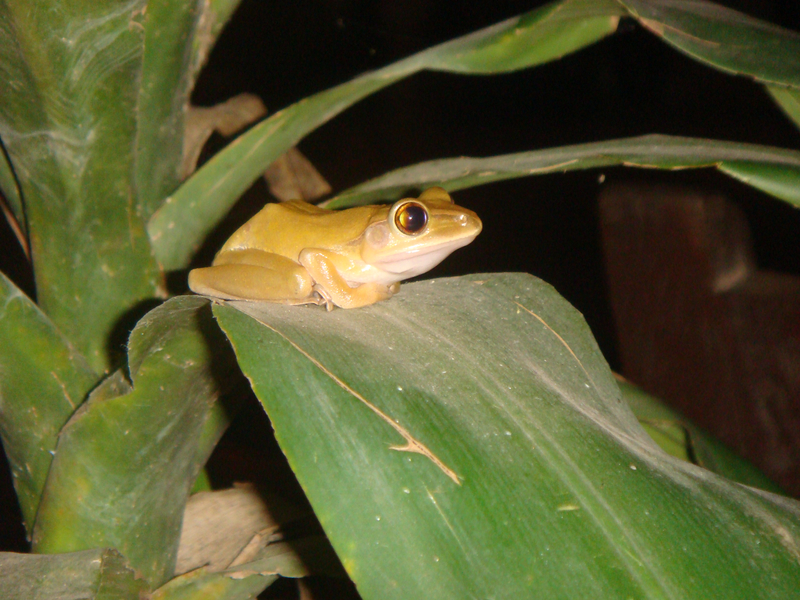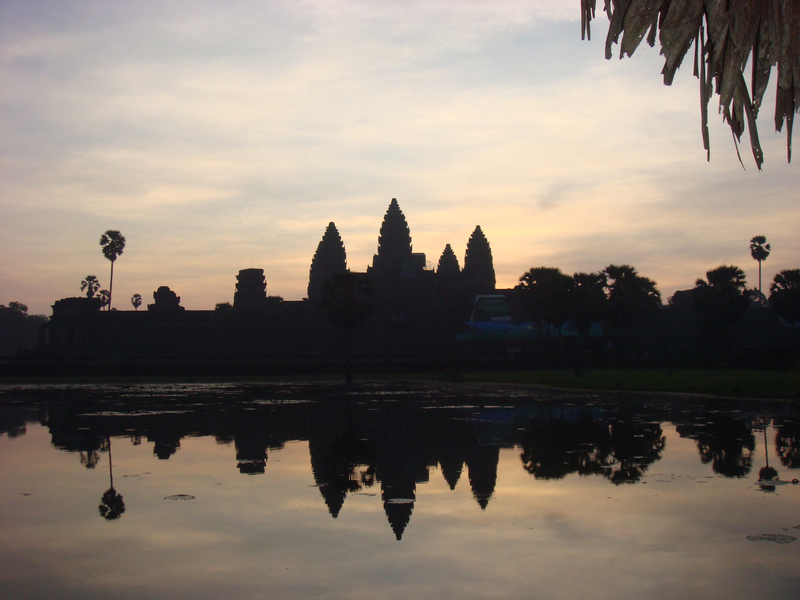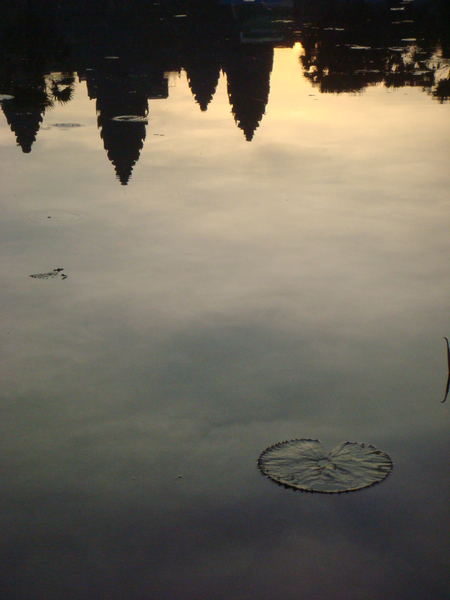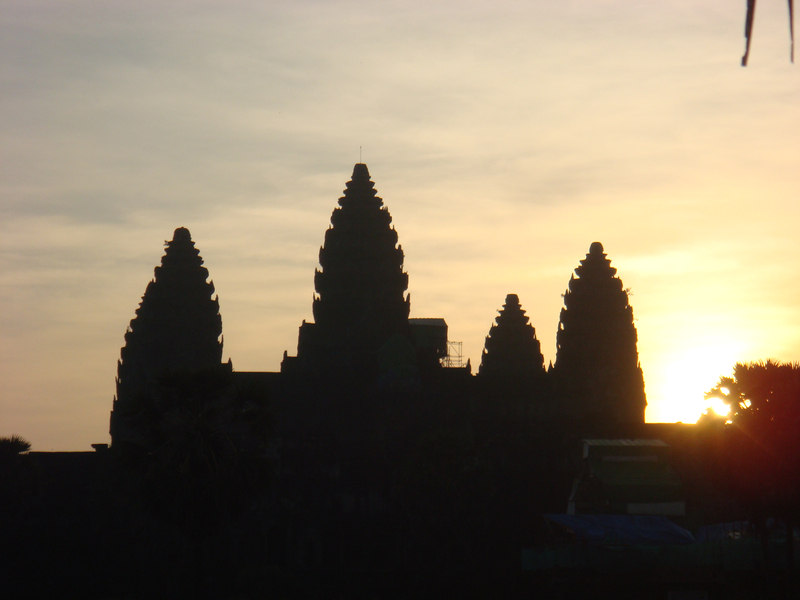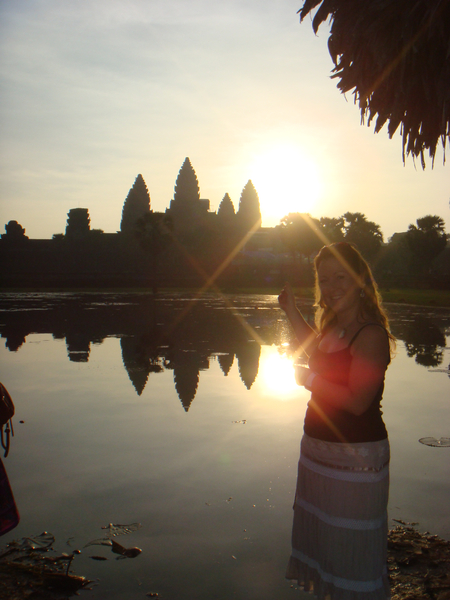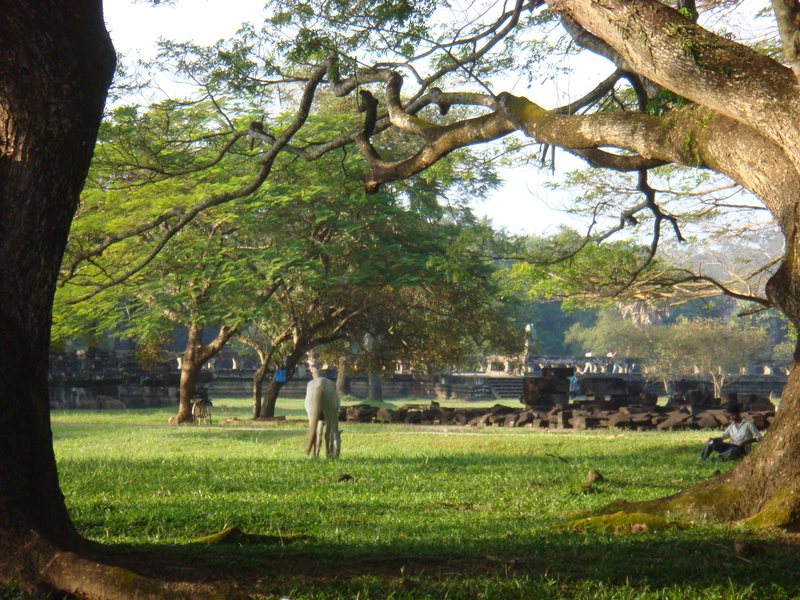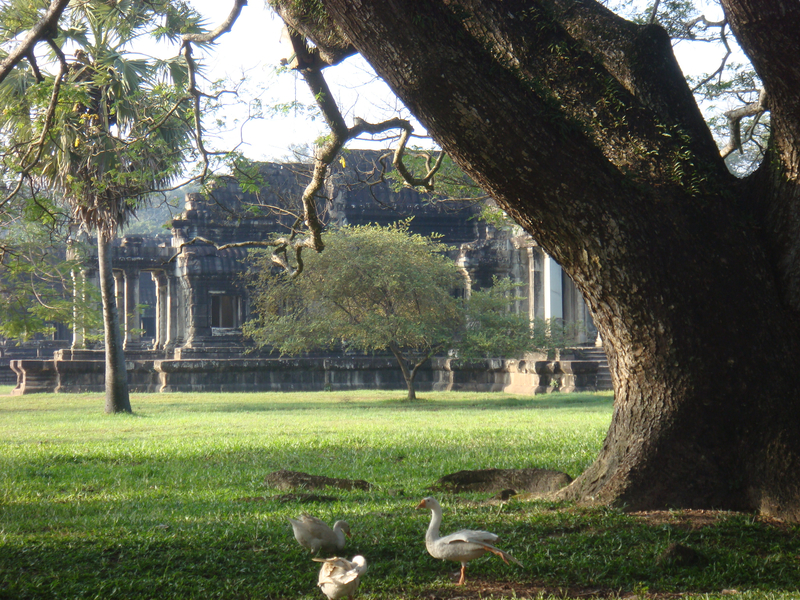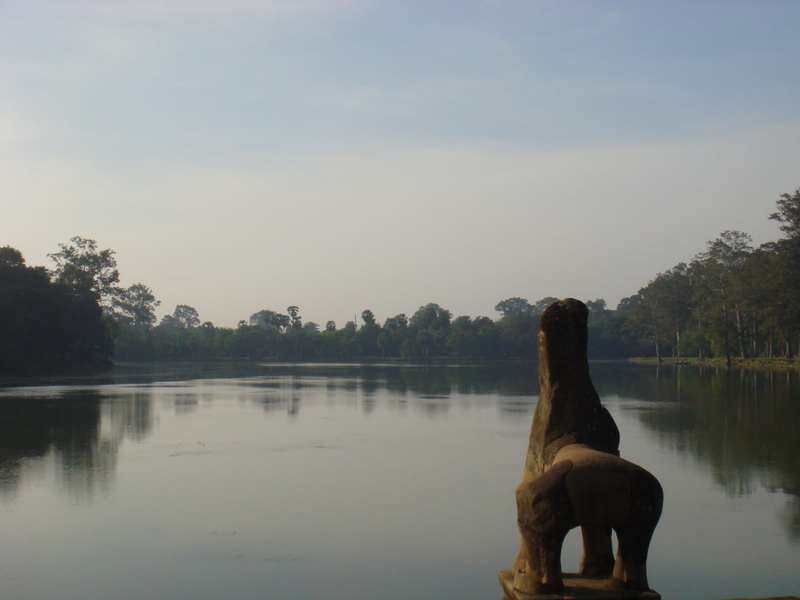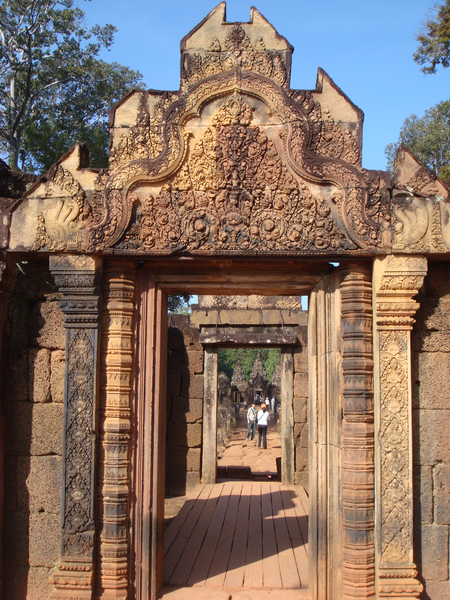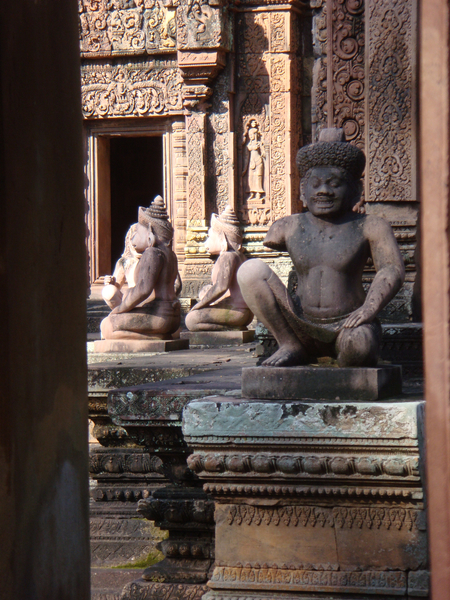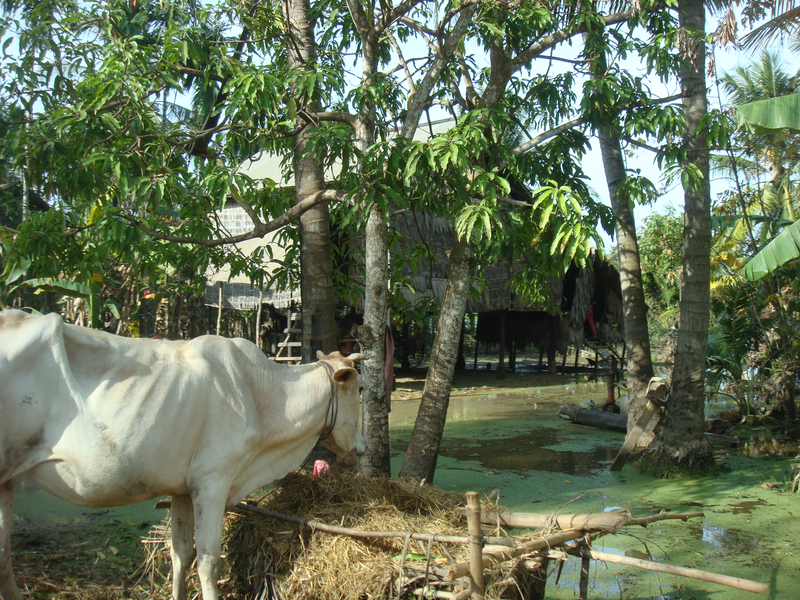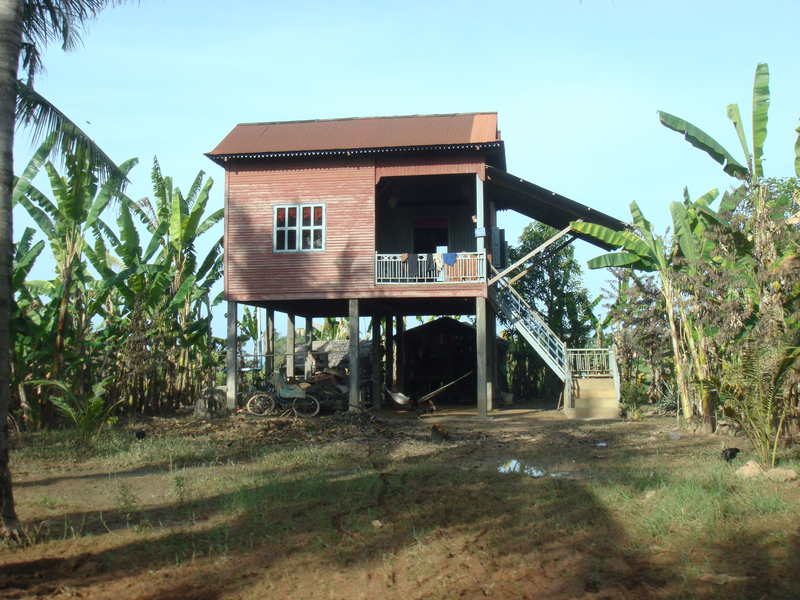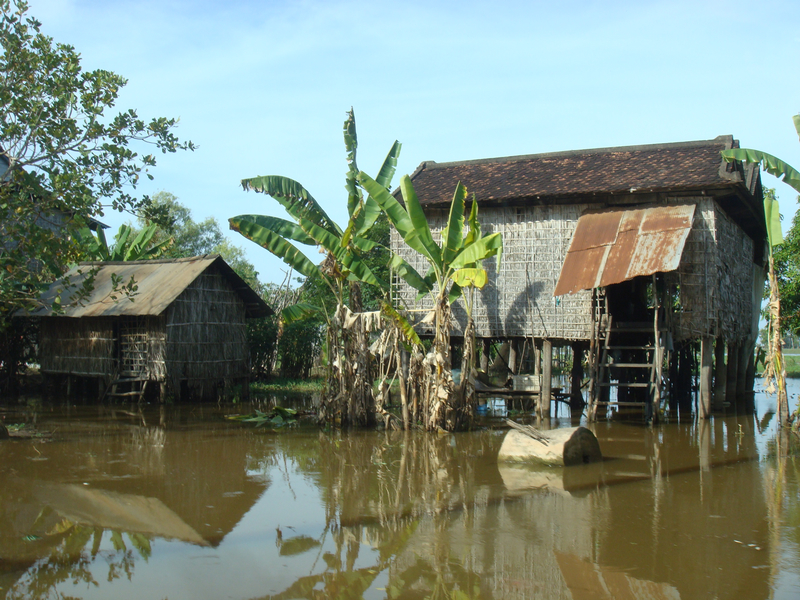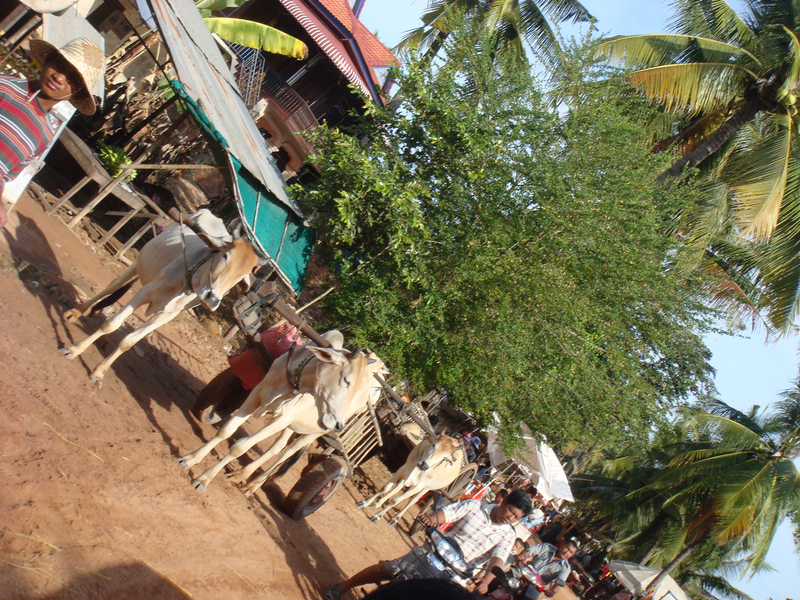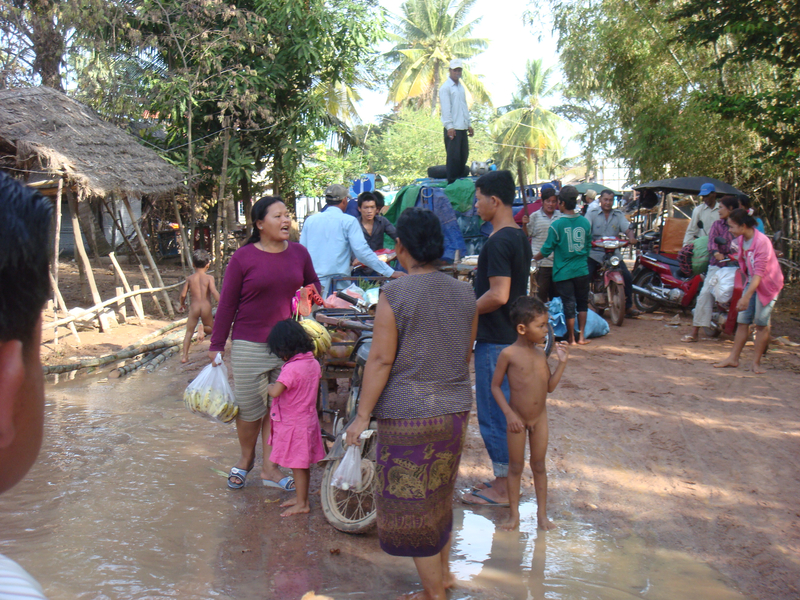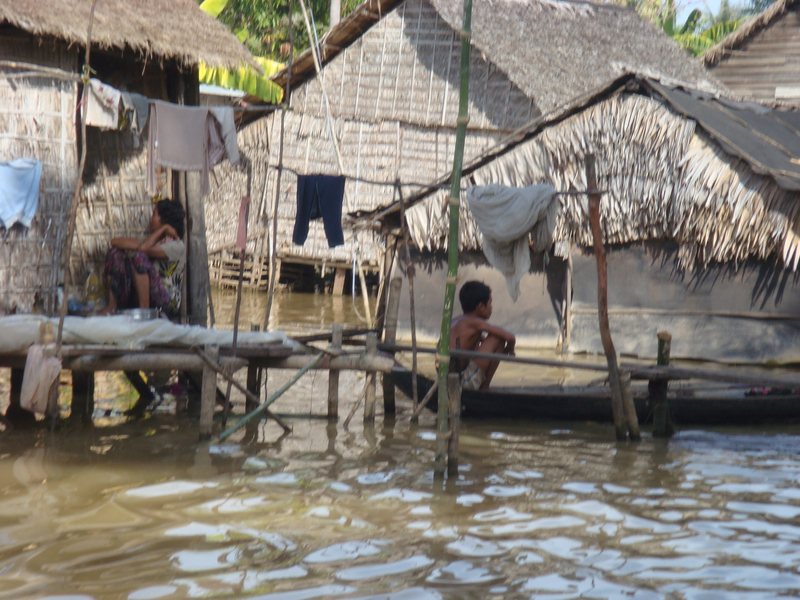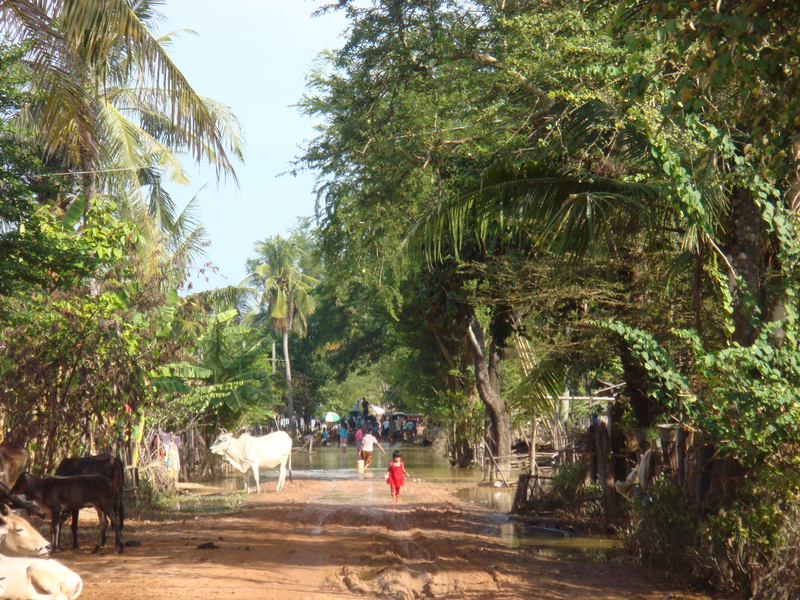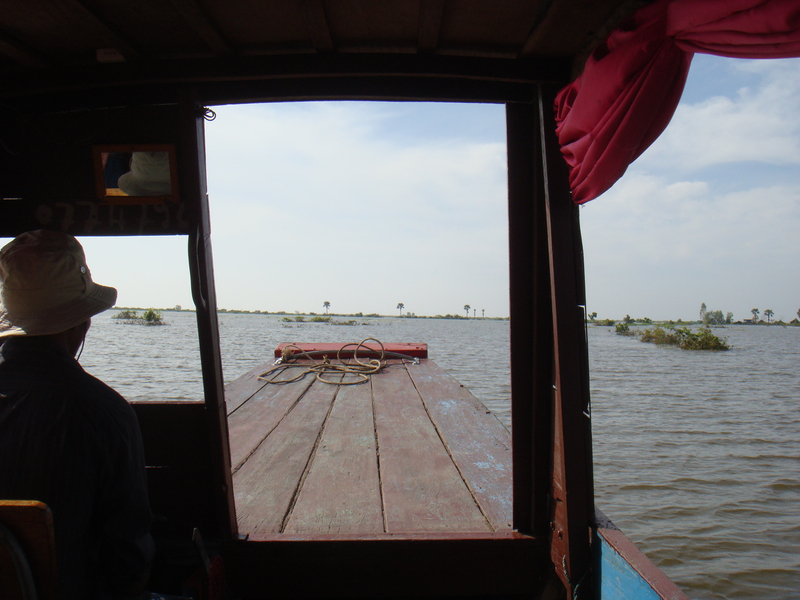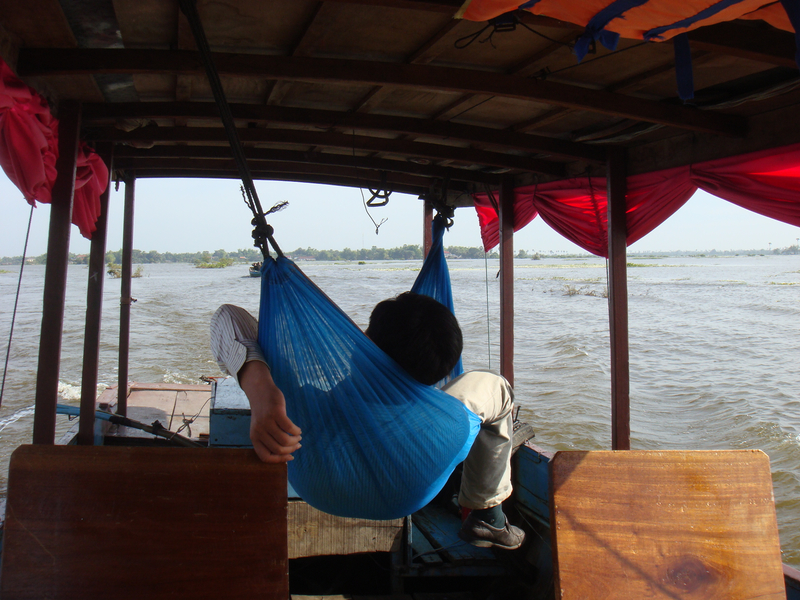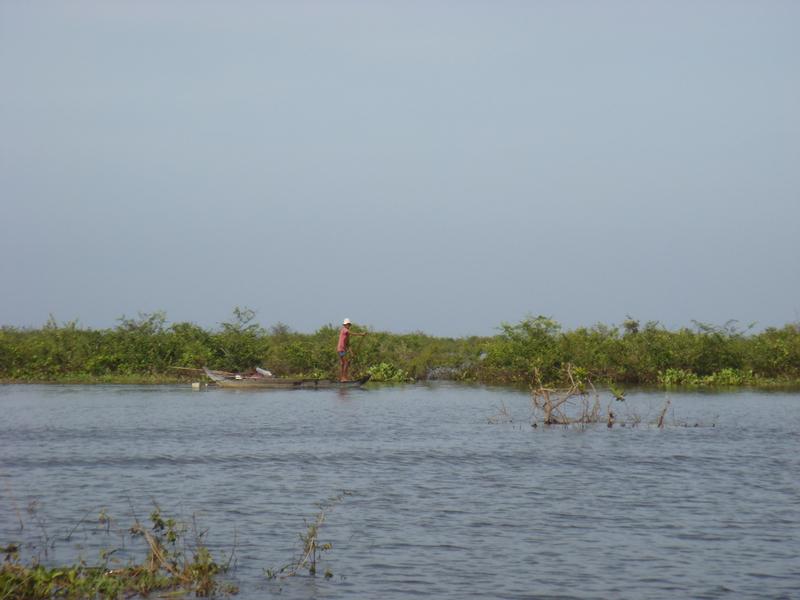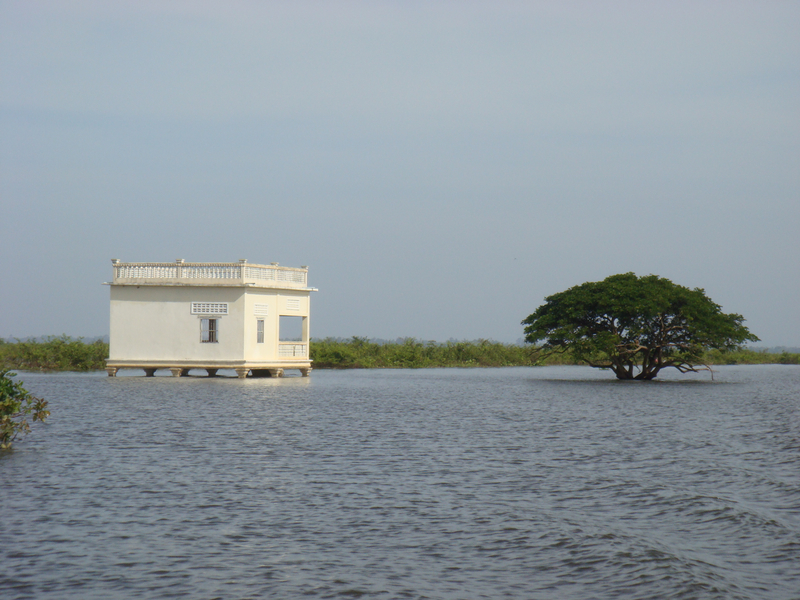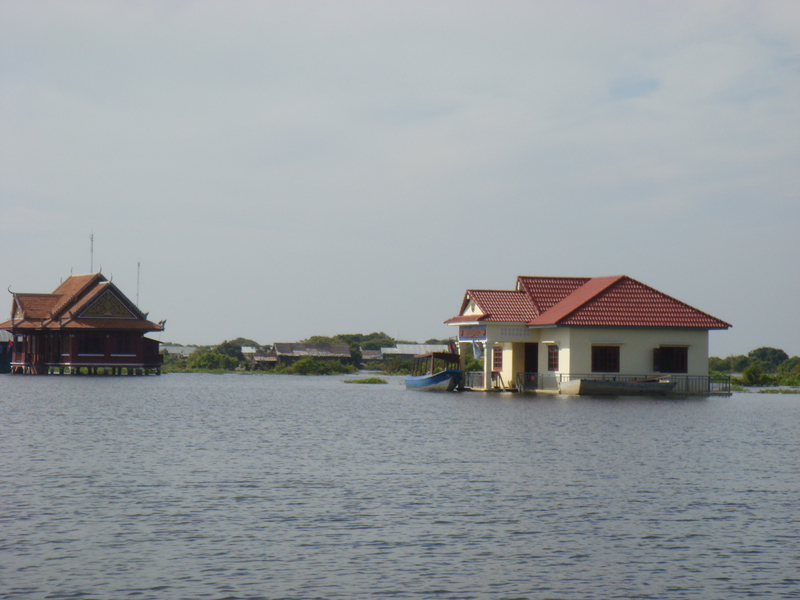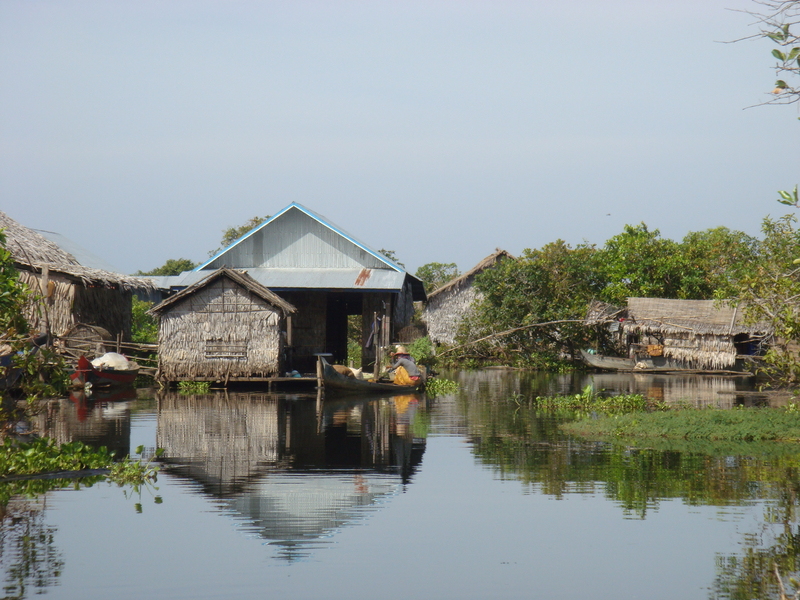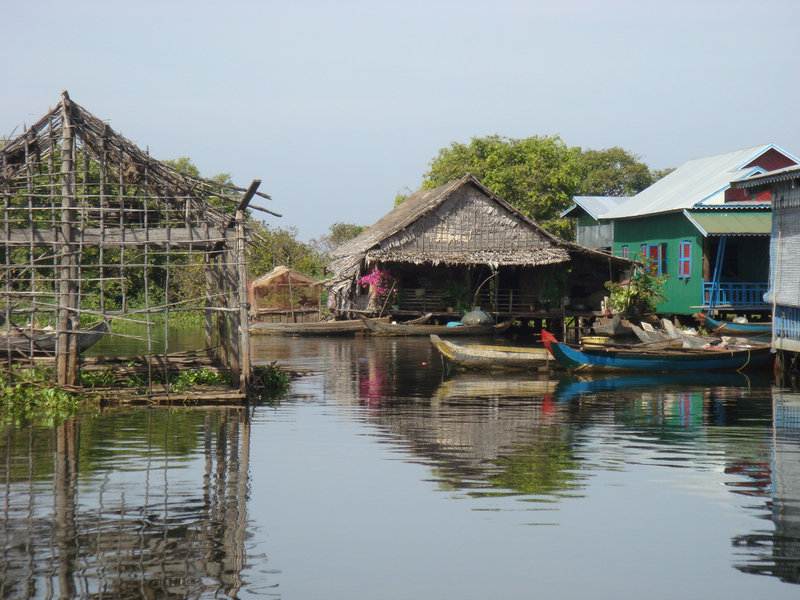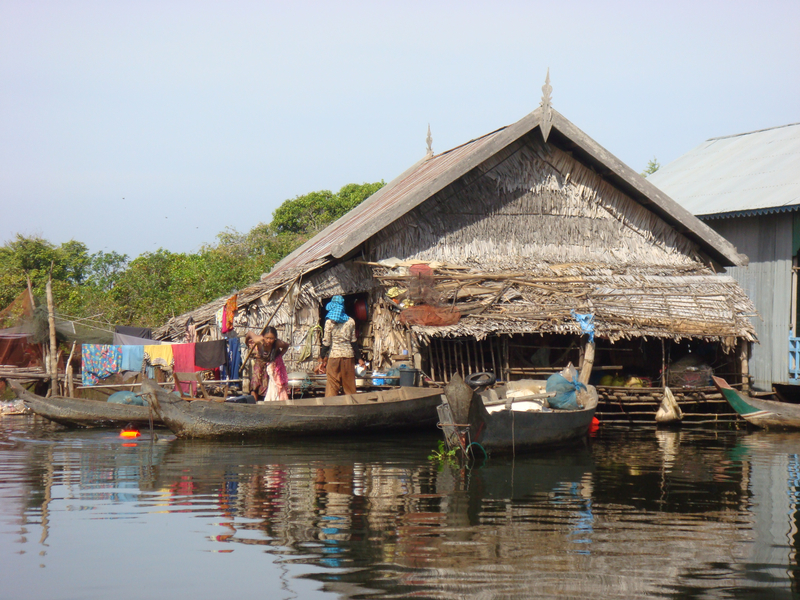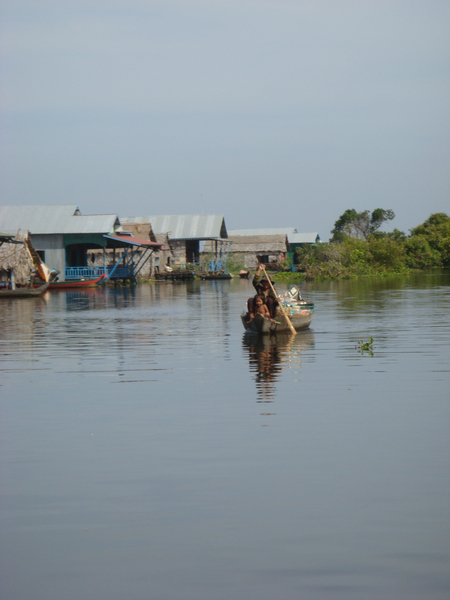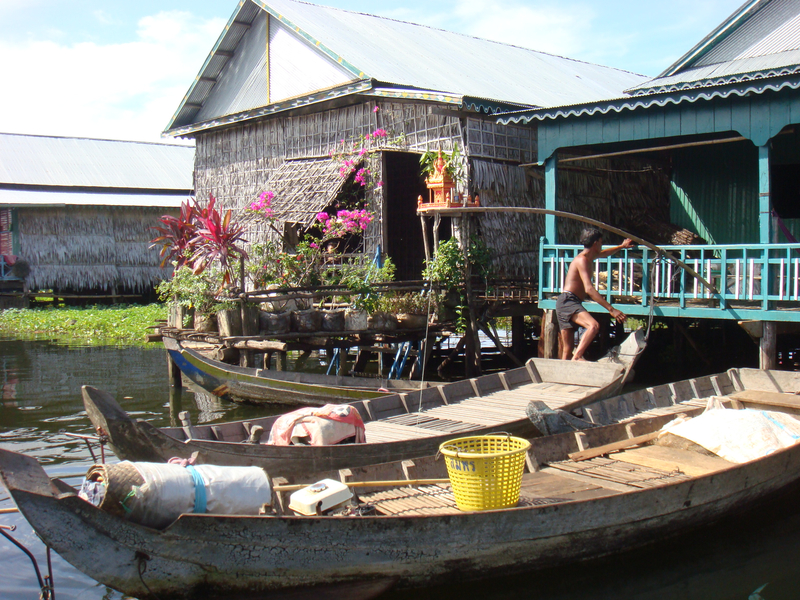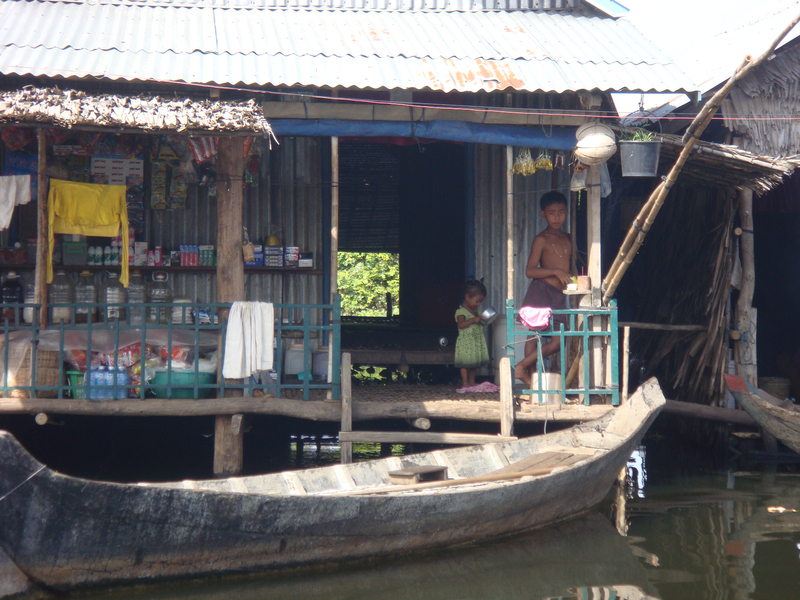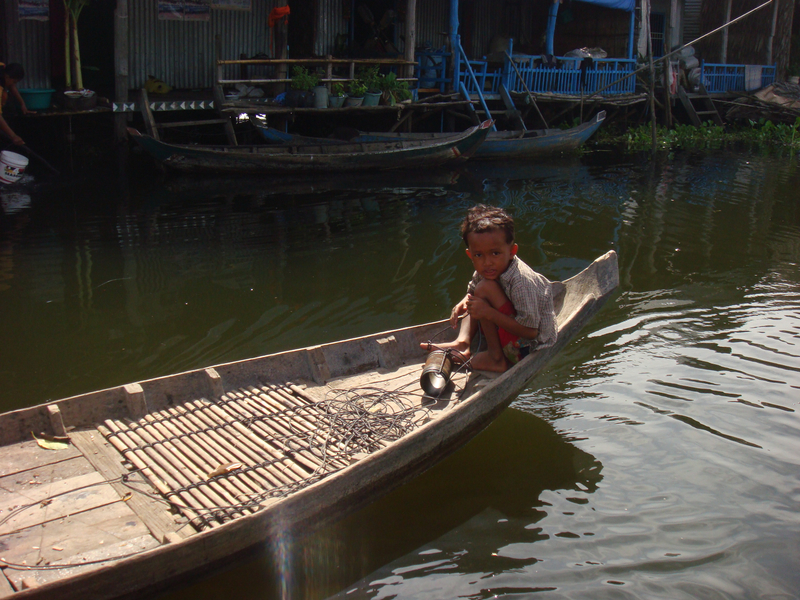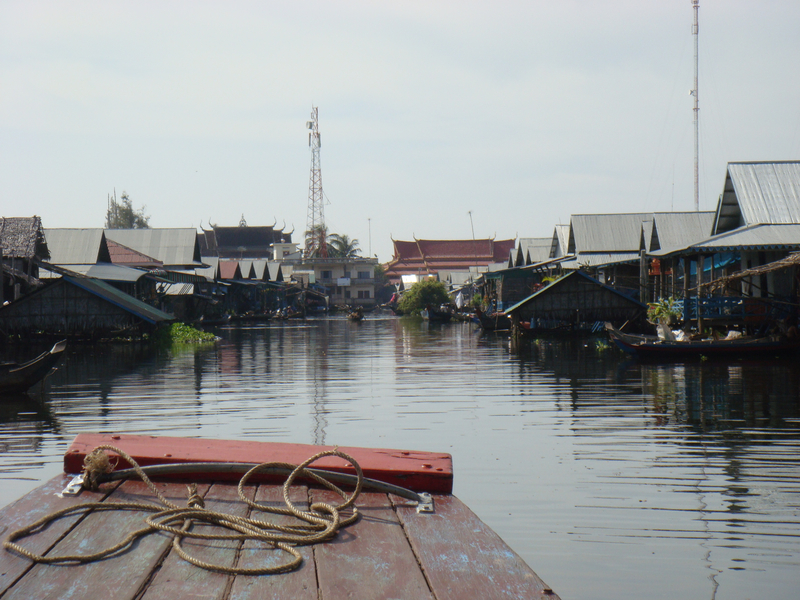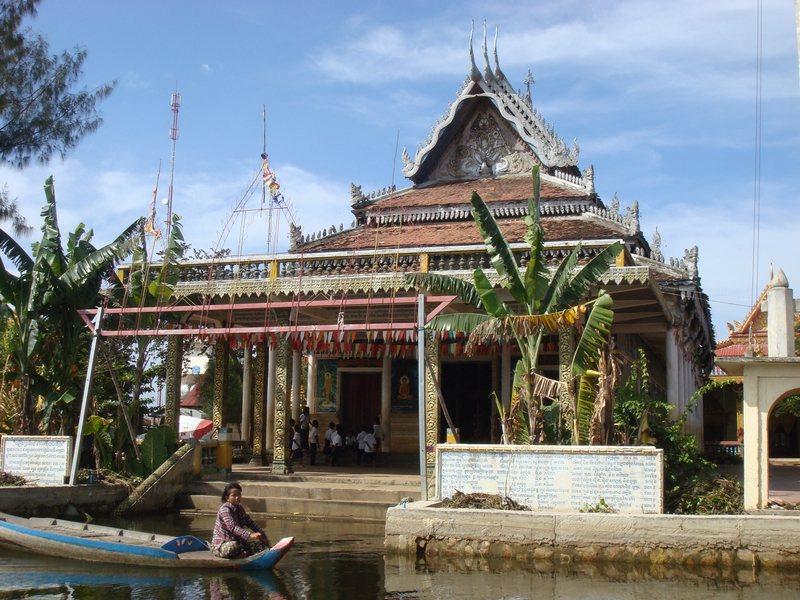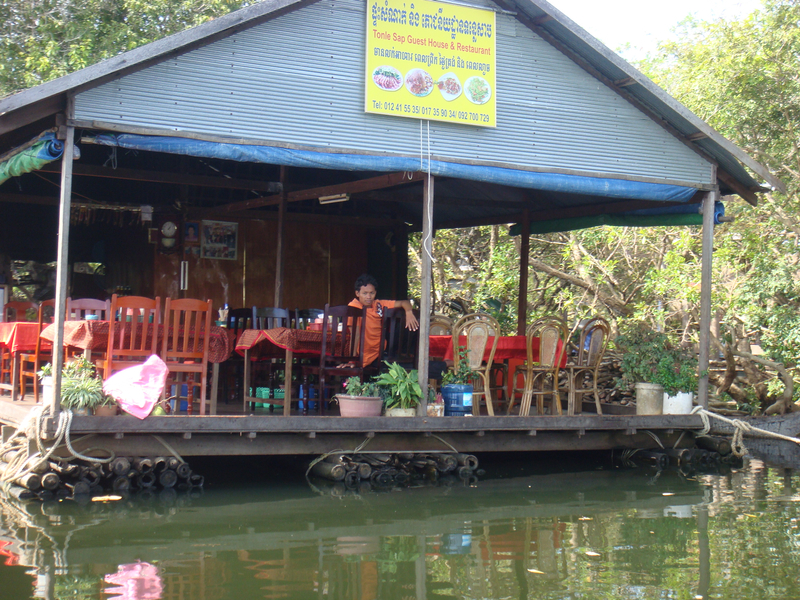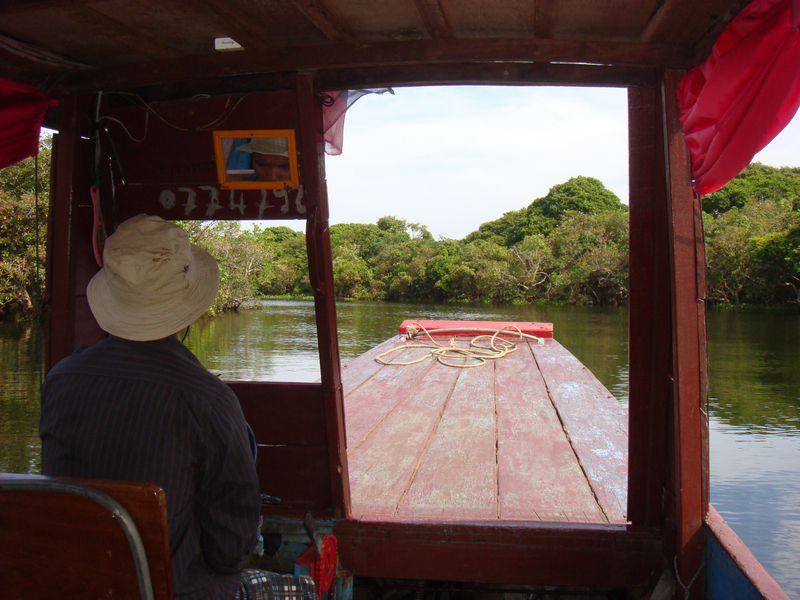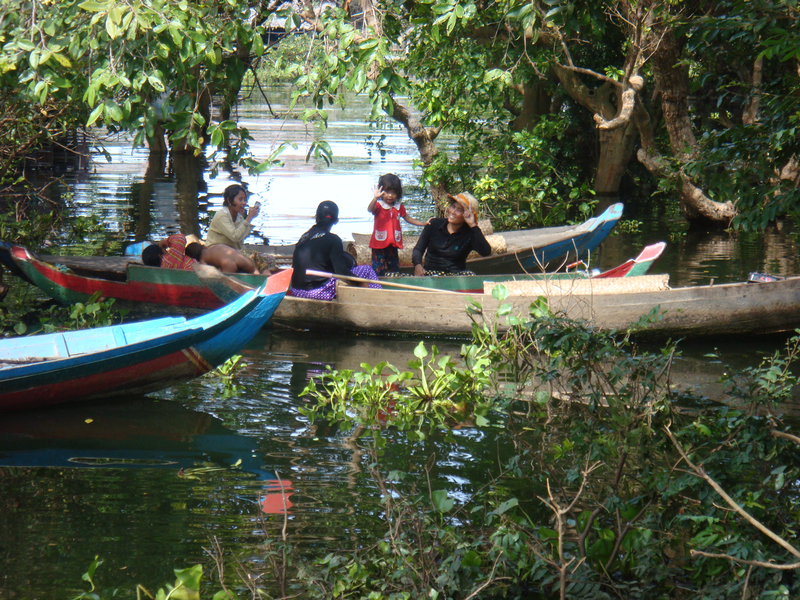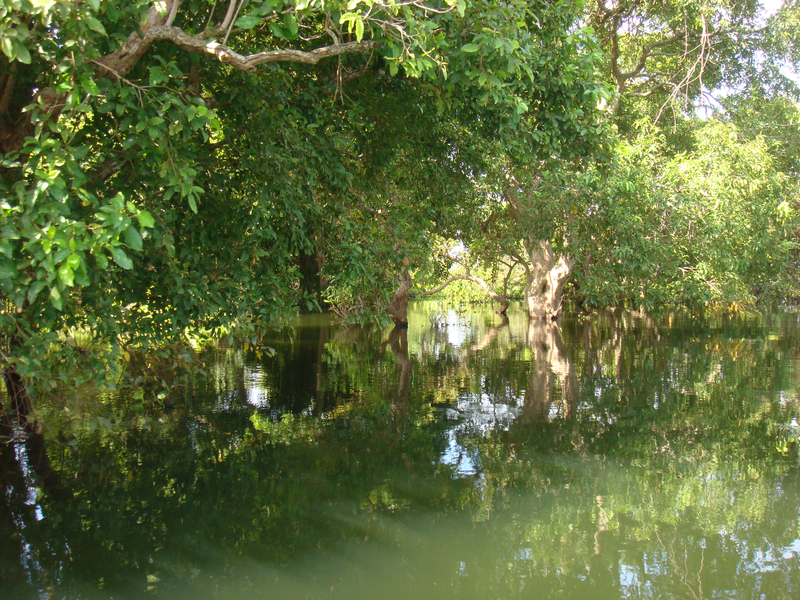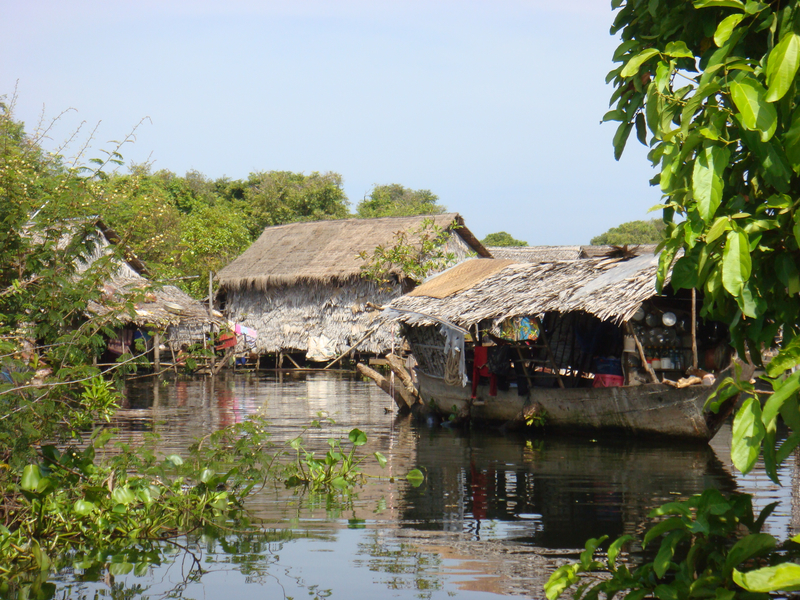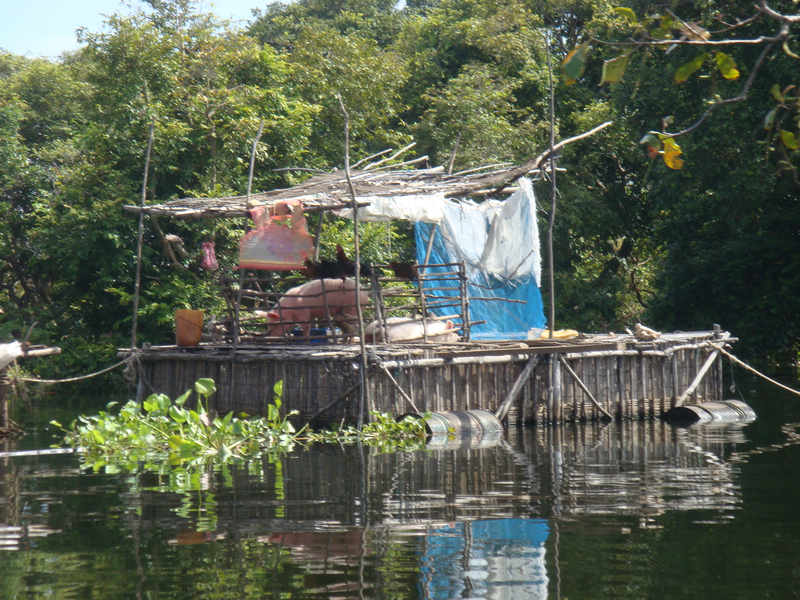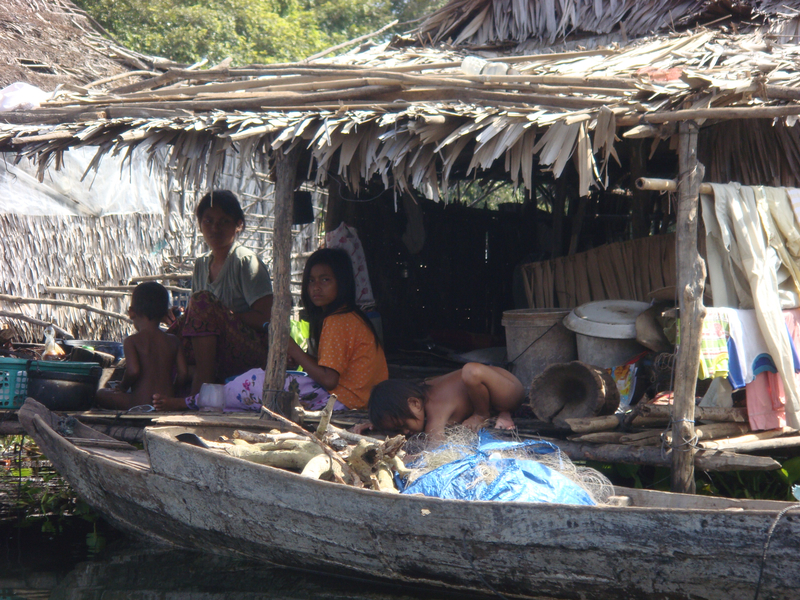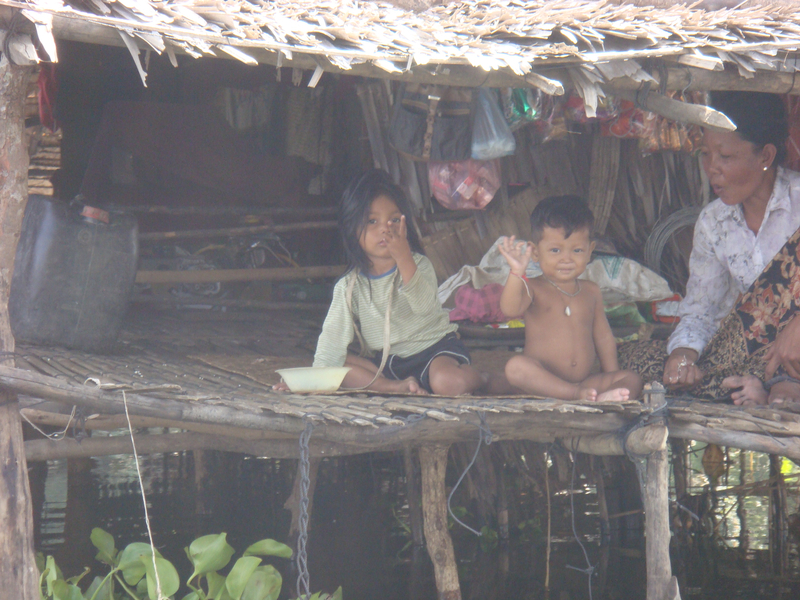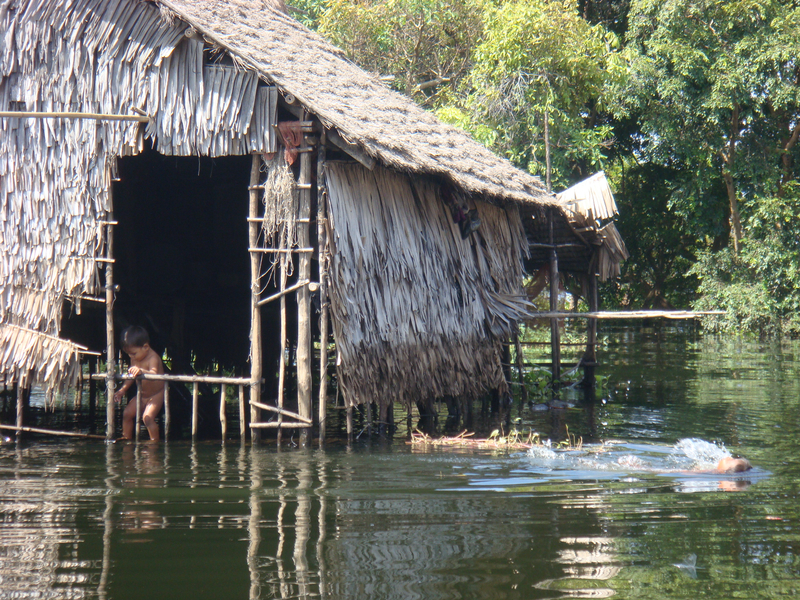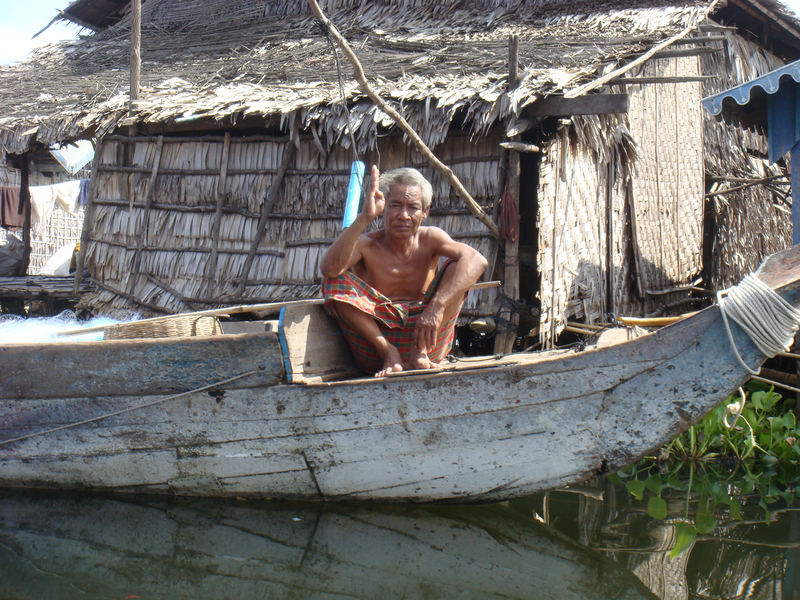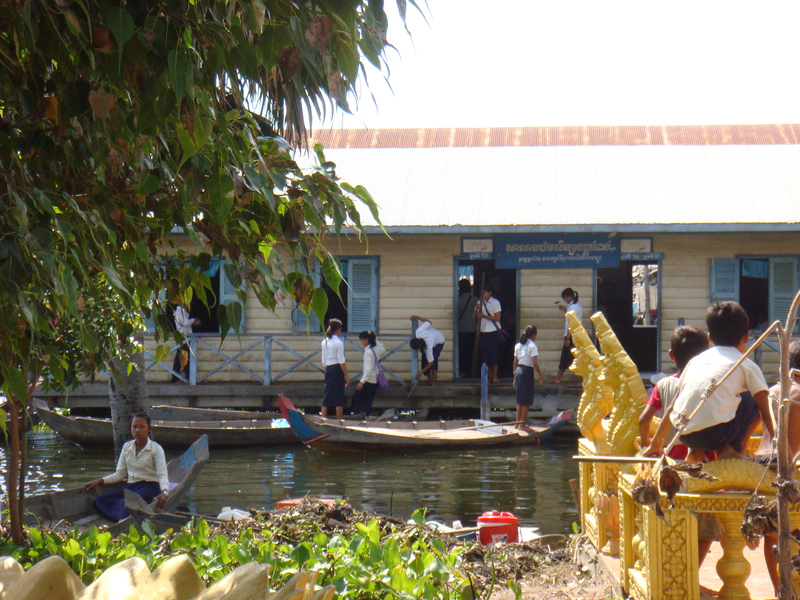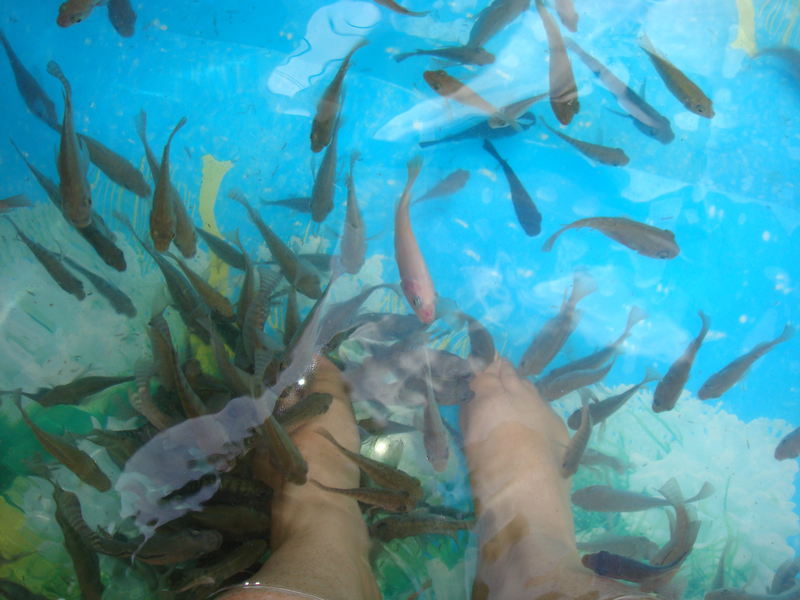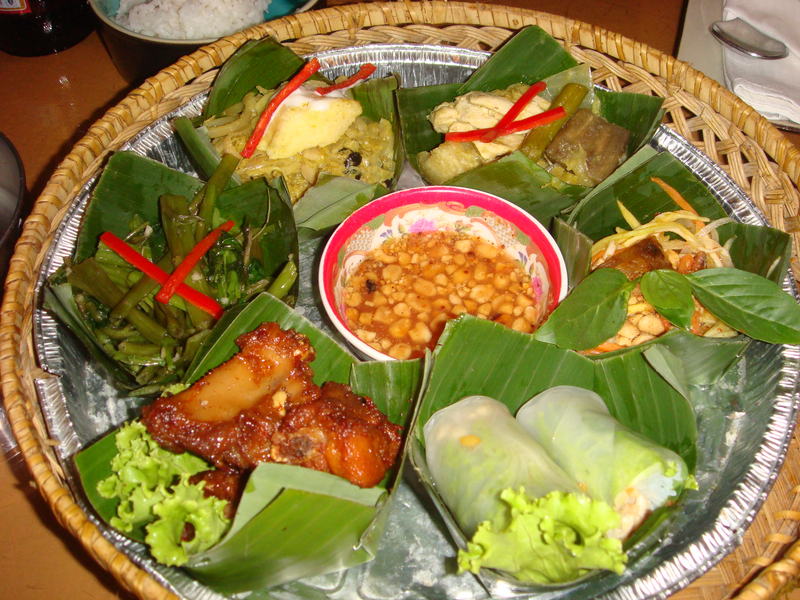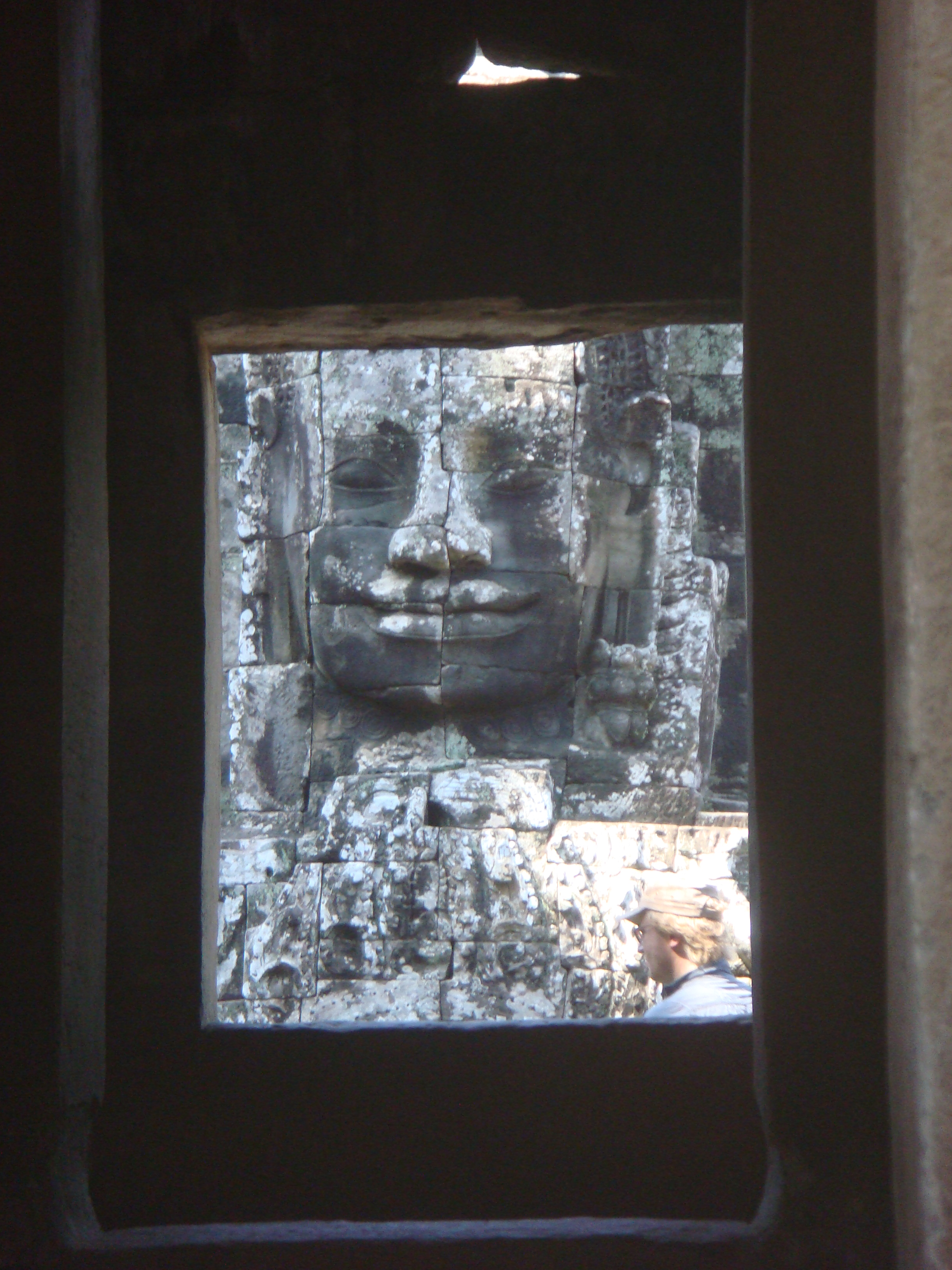
Top three highlights of Cambodia
The more shy of the South East Asian countries, tourism in Cambodia is not as developed as it is in neighbouring Thailand and Vietnam, despite the abundance of natural beauty and cultural heritage that the country holds.
Unfortunately, I don’t really feel I had enough time to do the country justice, flying in from Ho Chi Minh for only three days towards the end of a holiday in Southern Vietnam, but it was certainly enough to fall in love. The countryside is beautifully lush and green, the food is fresh, light and full of flavour, and after such a turbulent history, the people are strong and kind.
We flew into Siem Reap and, along with the truckloads of other tourists, used the town as a base for exploring the multitude of beautiful temples that form Angkor Wat, as well as a multitude of other scenic spots dotted around the vicinity. This would not have been possible without the help and advice of our guide Heang Song, who had come highly recommended from friends who had previously visited the Cambodia, and could not have been more helpful and knowledgeable.
My top three experiences of the whistle-stop trip included:
1. Angkor Wat – obviously.
This stunning collection of temples had been on my bucket list since my post-university shoestring world tour, and any expectations were completely blown away. I’d had no idea of the sheer number of different sites that make up this dispersed complex. From the intricate carvings of Angkor Thom to the evocative site of Ta Promh, the setting of Lara Croft’s Tome Raider, which over the last few hundred years has been slowly losing the struggle with its lush surrounding jungle, trees pushing their strong roots through walls, and thick creeping vines carpeting the site in green
2. The floating villages on Tonle Sap Lake
Our fantastic driver Heang was the one who talked us into paying these unique communities a visit on our last day in Cambodia, and we were so glad that he did. These rural settlements are located in the centre of Tonle Sap lake, a lake so vast that you would be forgiven for thinking you were in the middle of the sea, and houses are either built on long stilts, or on wide rafts kept afloat by large oil drums. Village life appears to be normal in every other sense, with supplies and animals being kept on their own little rafts and people ferrying between the houses on small canoes. We also witnessed local schools, temples, barbers and shops as we glided slowly past.
3. The Cambodian Land Mine Museum Relief Facility
This one was also recommended by Heang, as a short morning visit before heading to the floating villages. The museum was founded by Aki Ra, a former child soldier of the Khmer Rouge who now uses the knowledge he has acquired through his life to identify and deactivate some of the many land mines that were littered across Cambodia during Pol Pot’s regime and as a result of the neighbouring Vietnam war. The museum tells the story of this inspirational man’s life and work, and also doubles up as a home for children who have been victims of land mines, whether physically or emotionally. Don’t forget to take a full pack of tissues as some of the stories are hard to read with dry eyes.
I would have liked to have made the journey back to Vietnam via Phnom Penh and cross the border by boat up through the Mekong Delta, but unfortunately time was against us and we wanted to make sure we were able to relax and take in our surroundings too. We achieved this by sitting in Siem Reap cafes for the day, eating delicious food and watching the world go by, before taking the short flight back to Ho Chi Minh. I wasn’t sure whether three days would be worth the journey, but with such short flights and an experienced driver, I would highly recommend it. Hopefully I’ll be back again soon, I already have my eye on Large Minority’s Cambo Challenge for an alternative tour and the chance to really get off the beaten track and explore more of this gorgeous country.











